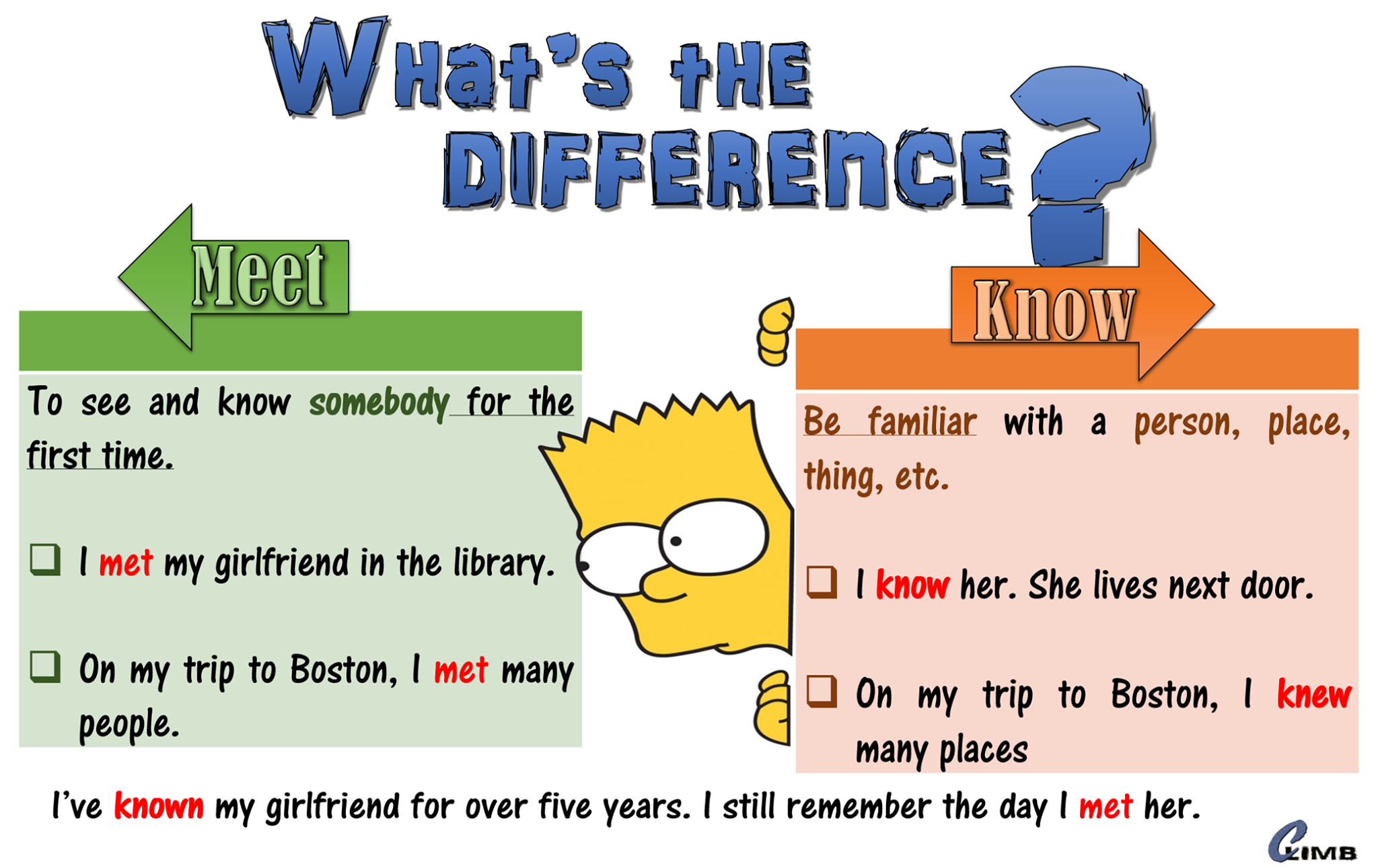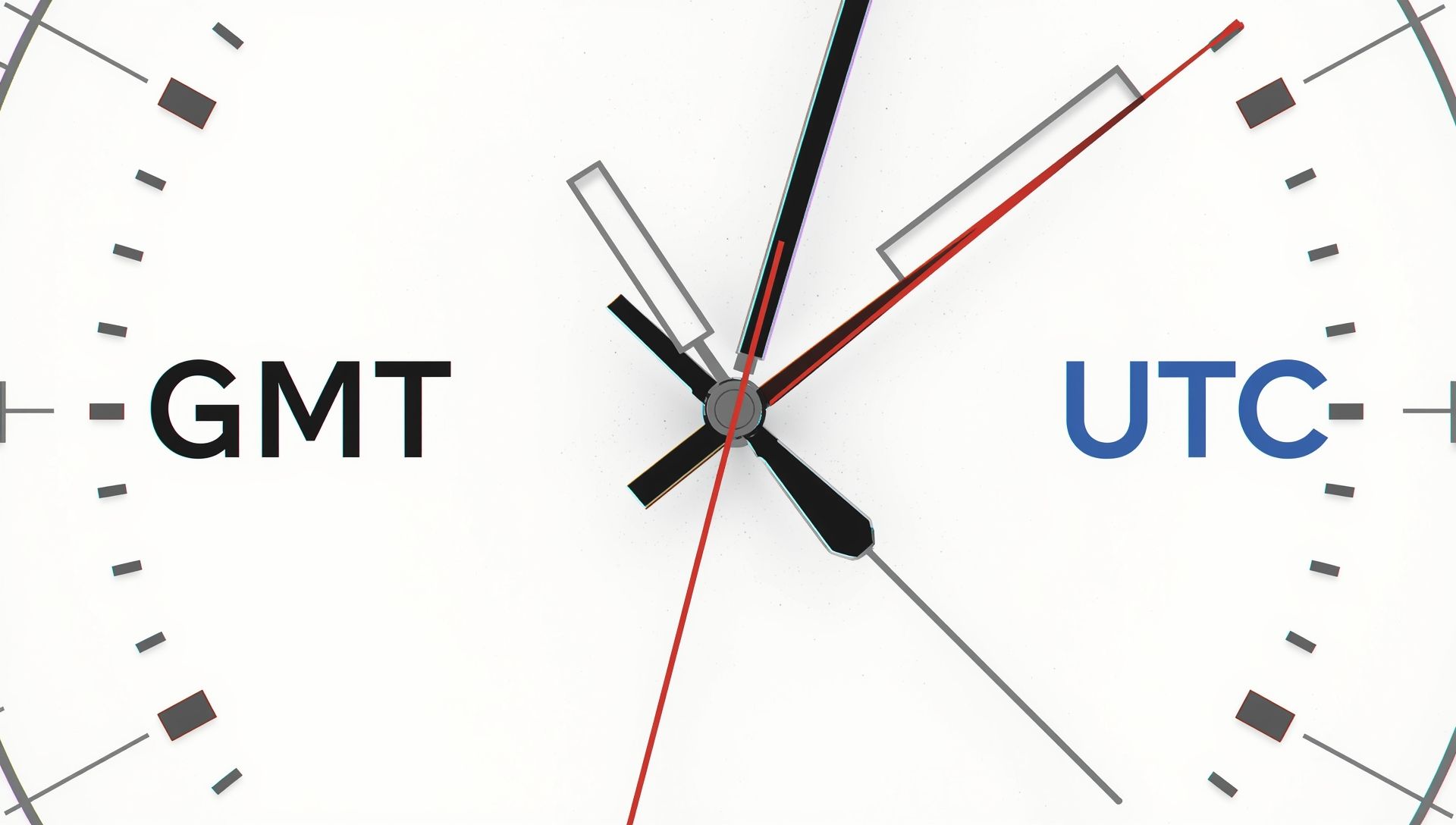Epoch, Batch, And Iteration In Machine Learning Dev Group
The measurement of the batch, often recognized as the batch measurement, is a hyperparameter that can be adjusted through the training course of https://www.simple-accounting.org/. In the case of mini-batch gradient descent, popular batch sizes embody 32, 64, and 128 samples. You might even see these values utilized in models within the literature and in tutorials. If the dataset doesn’t divide evenly by the batch dimension, it merely signifies that the final batch has fewer samples than the opposite batches. Alternately, you’ll find a way to remove some samples from the dataset or change the batch measurement such that the number of samples in the dataset does divide evenly by the batch size.

In coaching an iteration, one uses a smaller subset of the info referred to as a batch. Somewhat than using all the information to update model weights, it is divided into smaller sections called batches. For instance, if your batch measurement is a hundred then during every epoch there shall be 10 batches (1,000 samples/100 samples per batch). You can consider a for-loop over the number of epochs the place each loop proceeds over the training dataset. Inside this for-loop is one other nested for-loop that iterates over each batch of samples, the place one batch has the required “batch size” number of samples.
What’s The Distinction Between Epoch, Batch Size, And Iteration?
Whether Or Not you are building a simple linear regression model or a fancy neural network for image recognition, the way in which you handle knowledge during coaching can make or break your outcomes. Two basic ideas that often confuse beginners—and even some seasoned practitioners—are epochs and batches. These terms are central to the optimization process in ML, significantly in gradient descent-based algorithms used for training models like neural networks. A batch is a set of coaching samples processed together in a single iteration.

Strategies similar to early stopping observe the model’s performance on a validation set and cease coaching when enchancment stops or begins to decline. This prevents wasted time on extra epochs that do not improve or even harm the model’s capacity to generalize. Inadequate epochs may lead to the underfitting of the mannequin (learning too little concerning the data). Too many epochs might trigger the model to overfit, it will carry out well on the coaching information and poorly on the new data.
Top Comments (
An epoch elapses when an entire dataset is passed forward and backward via the neural community exactly one time. If the whole dataset cannot be passed into the algorithm directly, it should be divided into mini-batches. Batch dimension is the total variety of training samples present in a single min-batch. An iteration is a single gradient update (update of the mannequin’s weights) throughout training.
Understanding epochs and iterations helps set these schedules and apply methods like early stopping or studying price tuning. The batch measurement and studying dynamics have trade-offs and so do computational resources. The large batch size may be skilled extra rapidly per epoch (since fewer iterations are run over the identical variety of samples) and possibly higher able to benefit from parallel hardware. The mannequin should be taught the underlying patterns with out memorizing noise.
For occasion, a batch of 64 pictures may be processed simultaneously through vectorized operations in libraries like NumPy or CUDA-accelerated tensors. This implies that the search process happens over multiple discrete steps, each step hopefully slightly bettering the model parameters. In most of the models, there is a steps parameter indicating the variety of steps to run over information. However but I see in most practical utilization, we also execute the fit operate N epochs. By breaking the data units into small items or batches, it becomes more environment friendly for training and assists in convergence particularly when dealing with large datasets.
For example, if there are 1,000 photos in your dataset and you decide that a single batch will be a hundred photographs big, then for one epoch you could have 10 batches. Optimization is a kind of searching course of and you can consider this search as studying. They directly affect coaching velocity, accuracy and useful resource consumption.

The number of epochs is historically giant, typically tons of or thousands, permitting the learning algorithm to run until the error from the model has been sufficiently minimized. You might even see examples of the variety of epochs within the literature and in tutorials set to 10, a hundred, 500, one thousand, and larger. The batch dimension is a hyperparameter that defines the number of samples to work through before updating the inner mannequin parameters. In this post, you’ll uncover the difference between batches and epochs in stochastic gradient descent. During each cross through the network, the weights are updated and the curve goes from underfitting, to optimum, to overfitting.
Nonetheless, they demand specialization in relation to parameter settings and processing duties and will endure instances of overfitting. In common, although, neural networks are considered to be one of the best in artificial intelligence and have modified the means in which folks consider information problem solving. Due To This Fact, an epoch is a full round of going by way of the dataset whereas a batch is a portion that is labored on in that epoch. A batch is a section of the coaching knowledge used in one iteration of updating the mannequin’s weights. As An Alternative of feeding all of the training examples to the neural network directly, the dataset is split into smaller, manageable chunks called batches.
- As An Alternative of giving the mannequin all information at once, smaller portions are taken.
- Entropy is a machine learning term borrowed from thermodynamics that measures randomness or disorder in any system.
- This is due to the size of the dataset and reminiscence limitations of the compute instance used for coaching.
- Conversely, too few epochs would possibly lead to underfitting, leaving the mannequin with high error rates.
The frontier of machine learning evolves quicker than ever—from basis fashions and neuromorphic computing to edge AI and self-supervised learning. Whether Or Not you’re exploring novel architectures, optimizing inference at scale, or monitoring patent landscapes in generative AI, staying forward calls for more than human bandwidth. In essence, batches make coaching possible and environment friendly, breaking down large datasets into digestible pieces. As I am presently experimenting with the tf.estimator API I wish to add my dewy findings here, too. A common heuristic for batch dimension is to use the sq. root of the size of the dataset.
